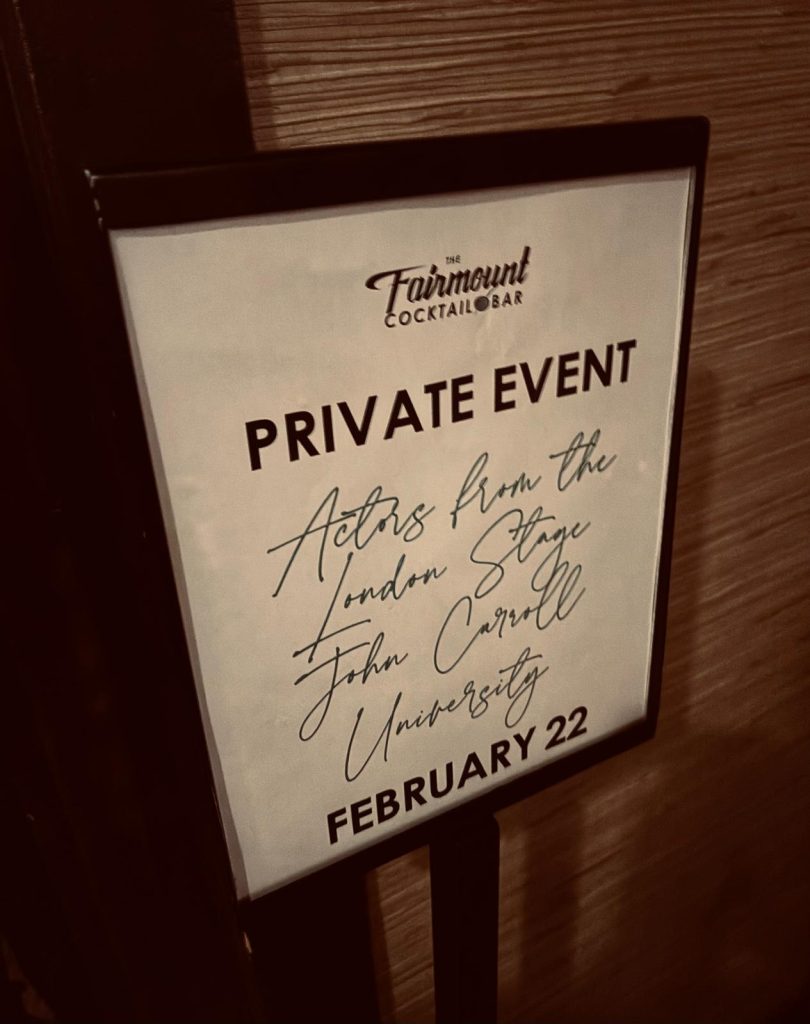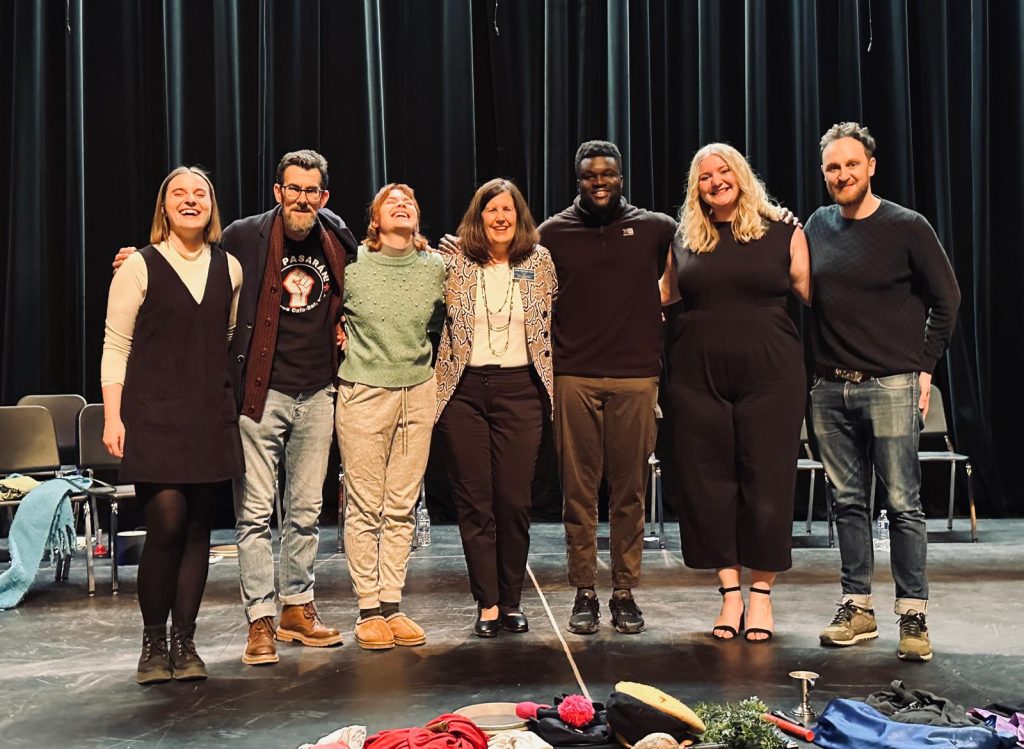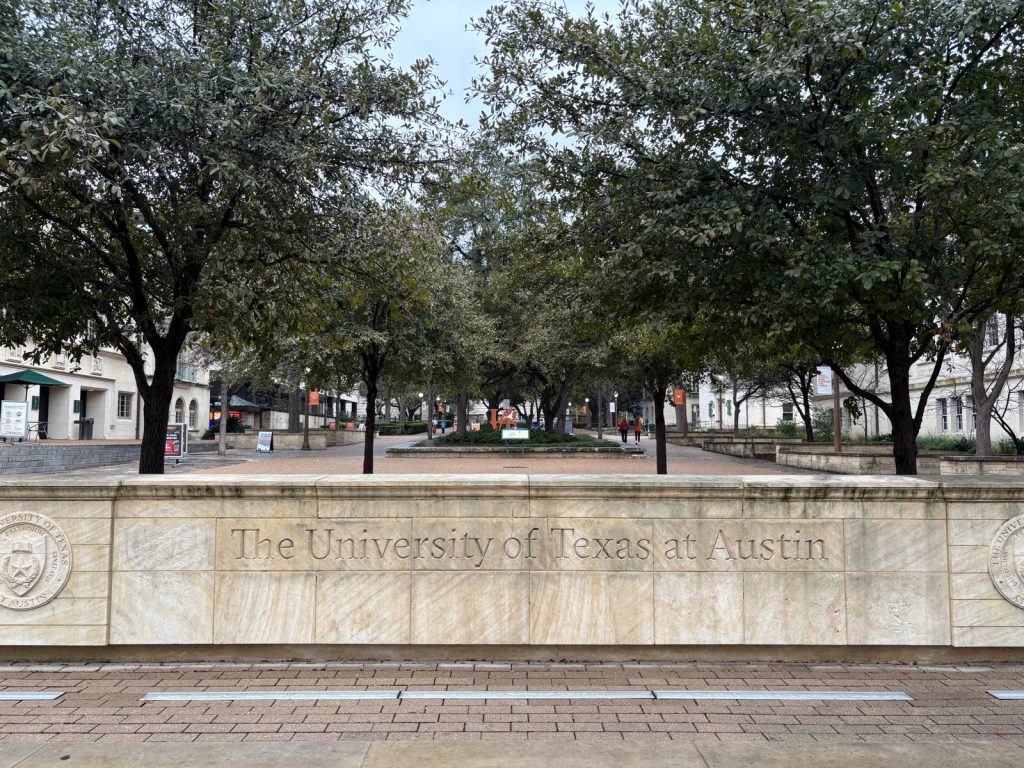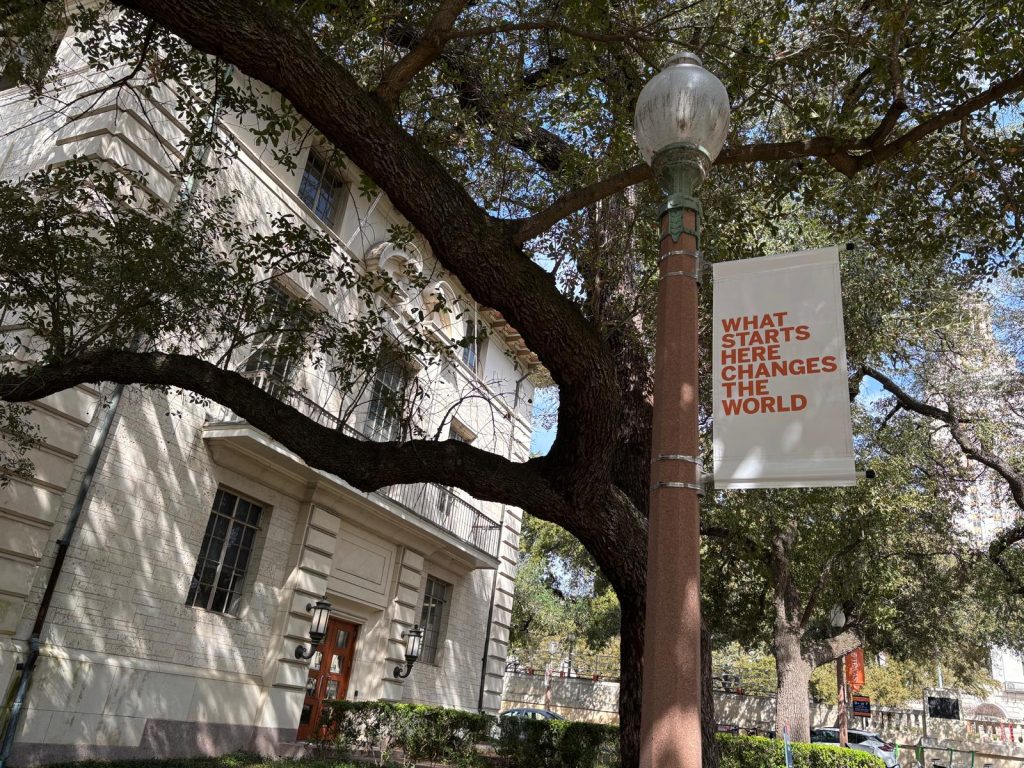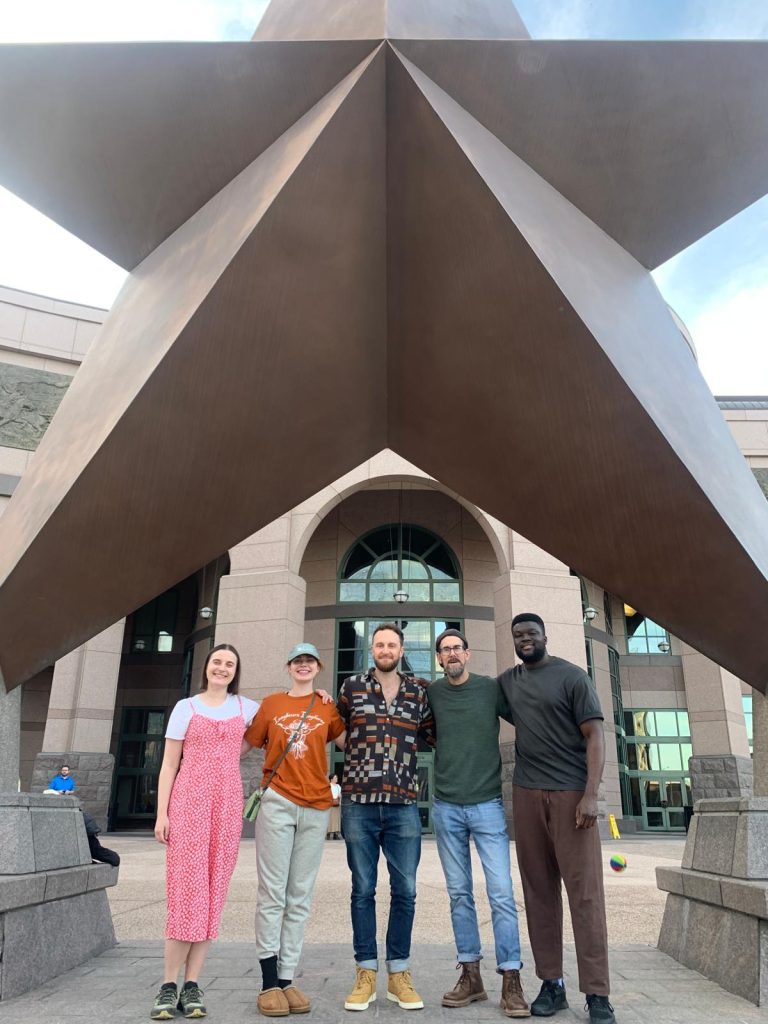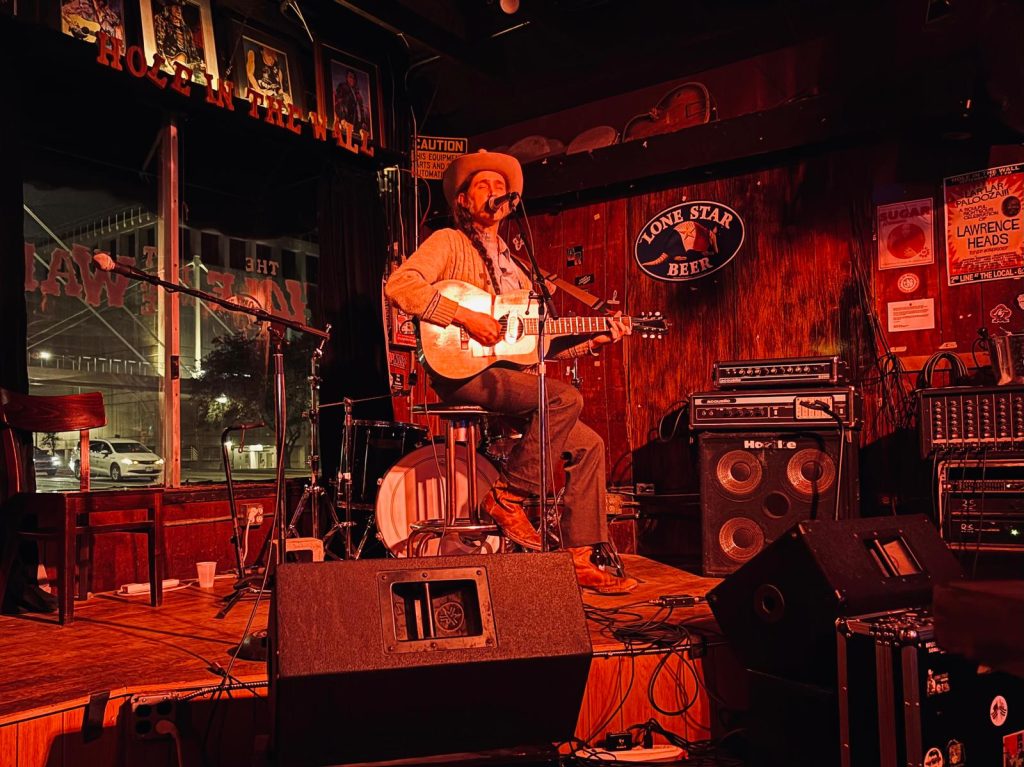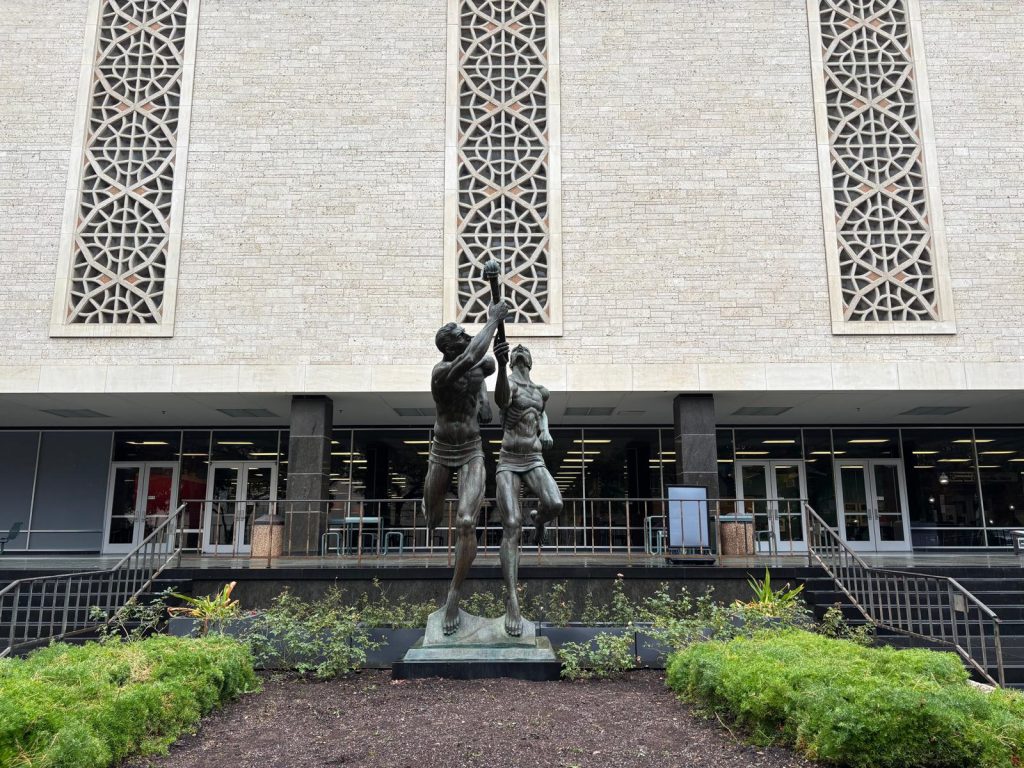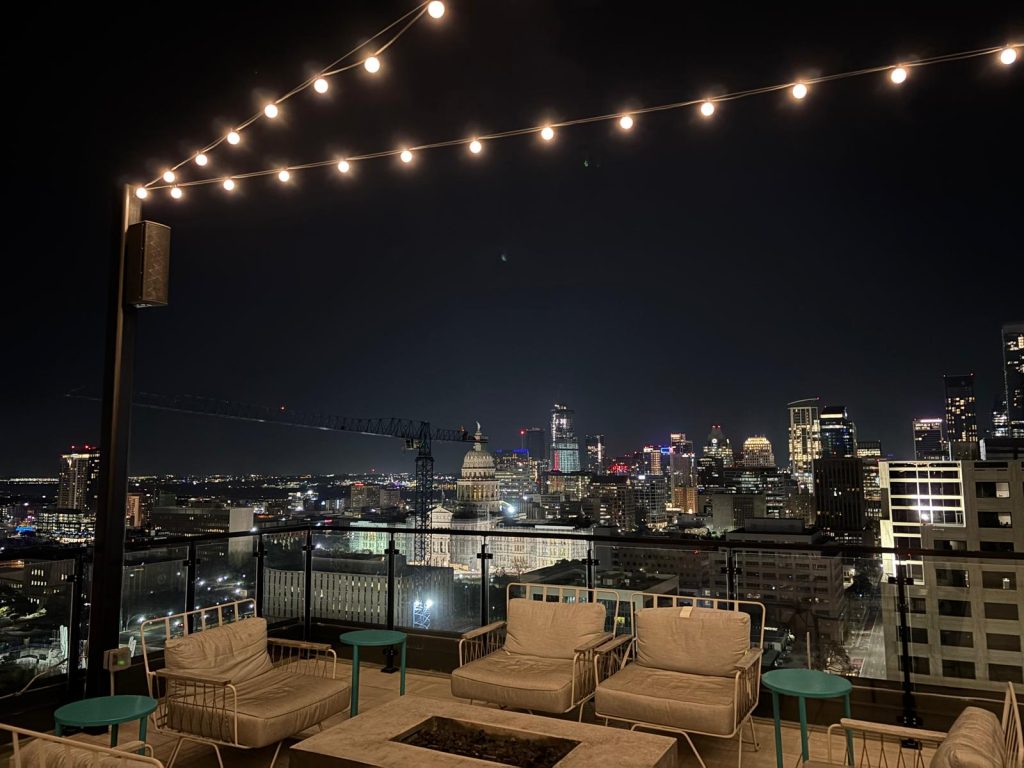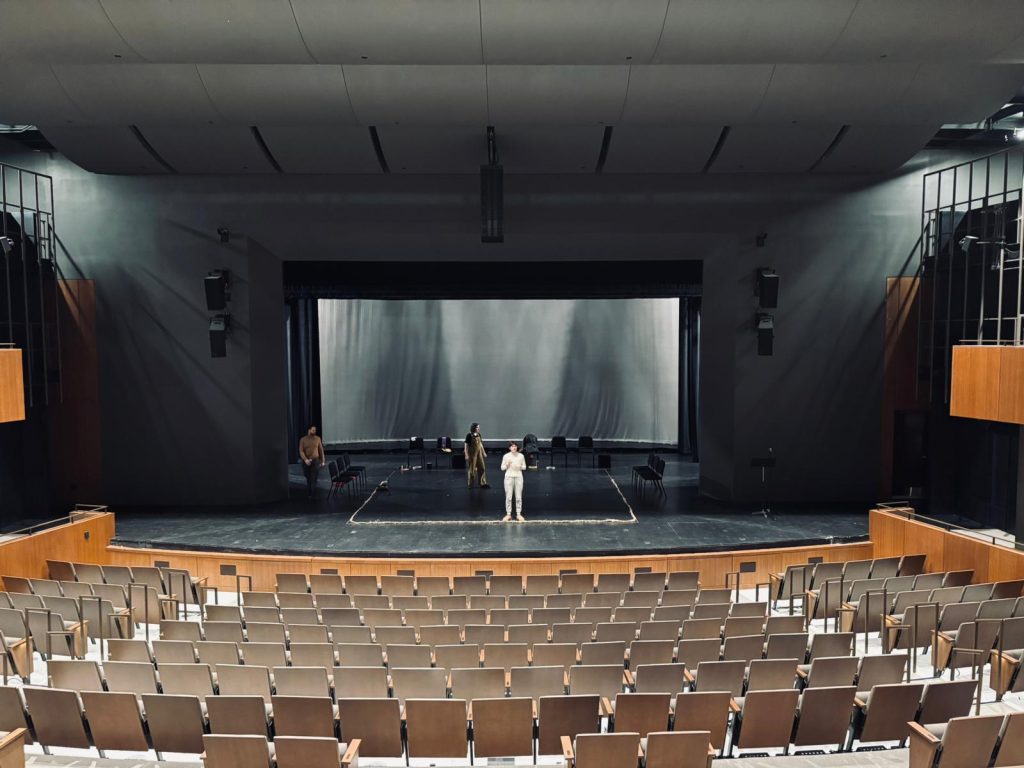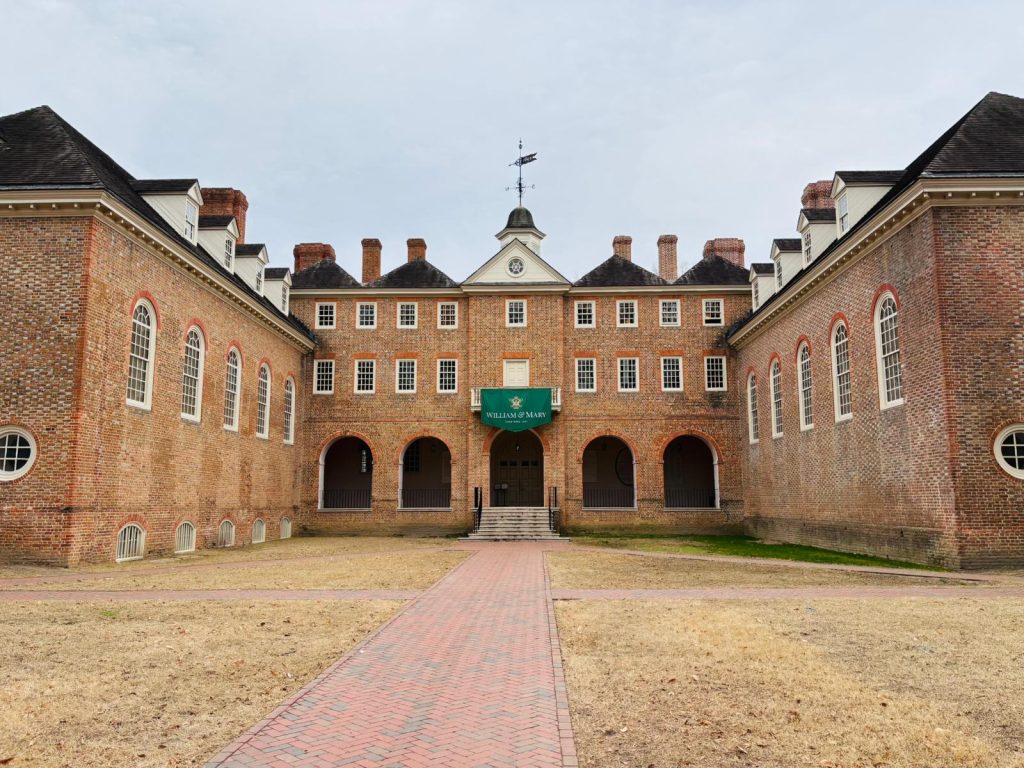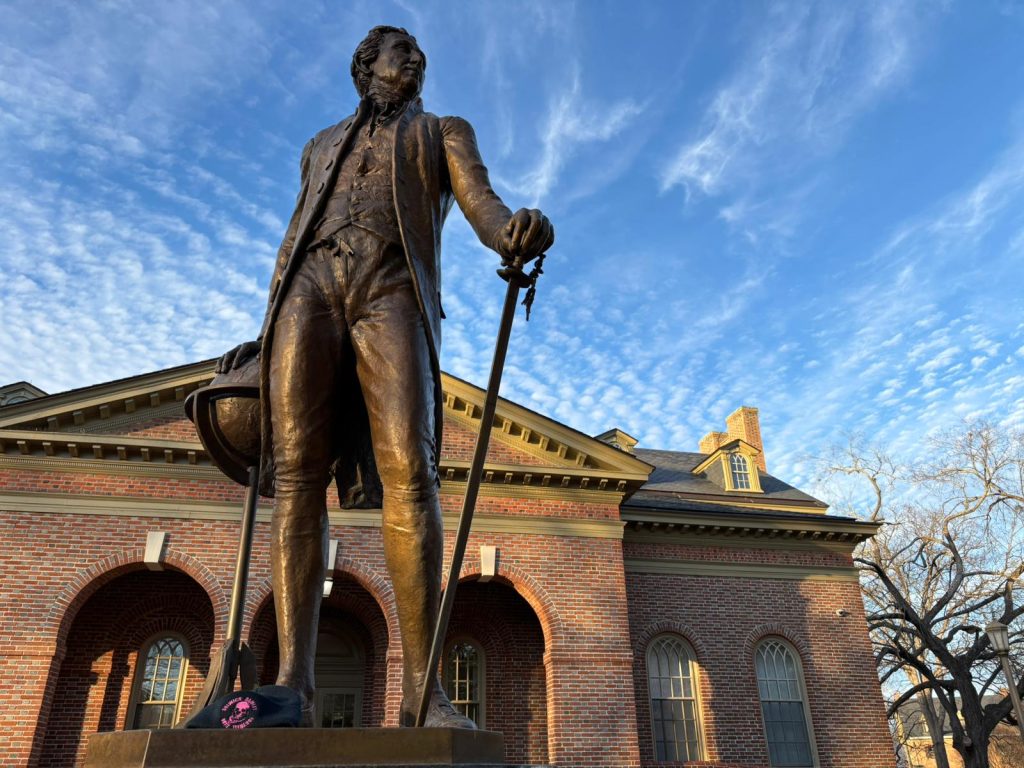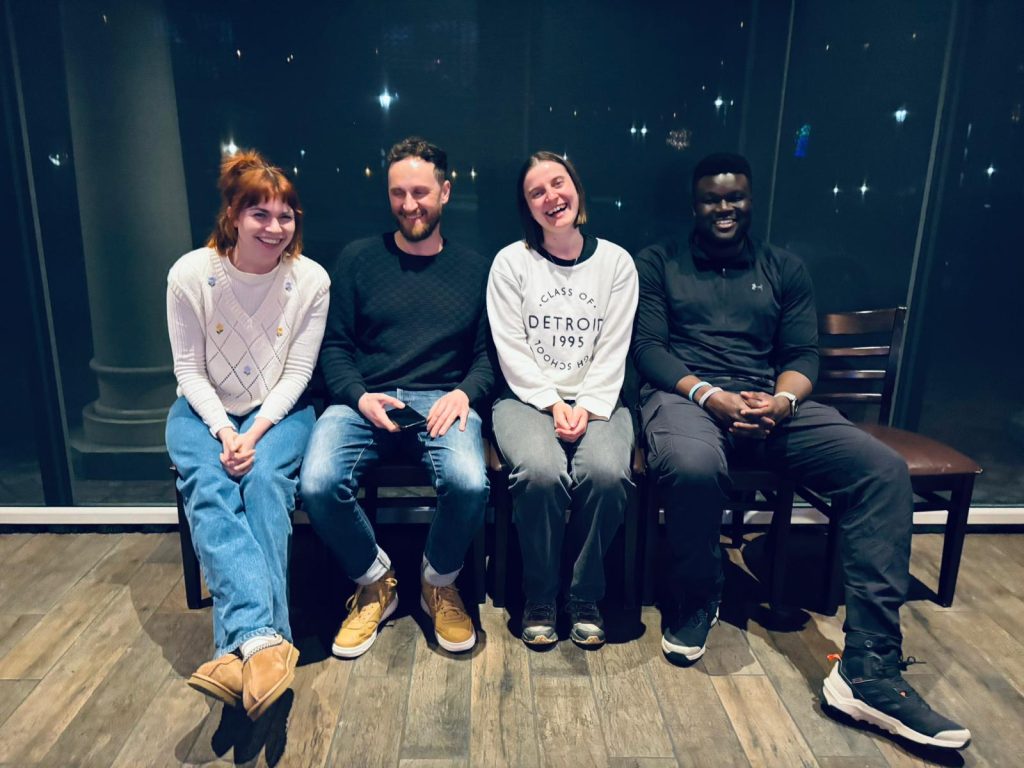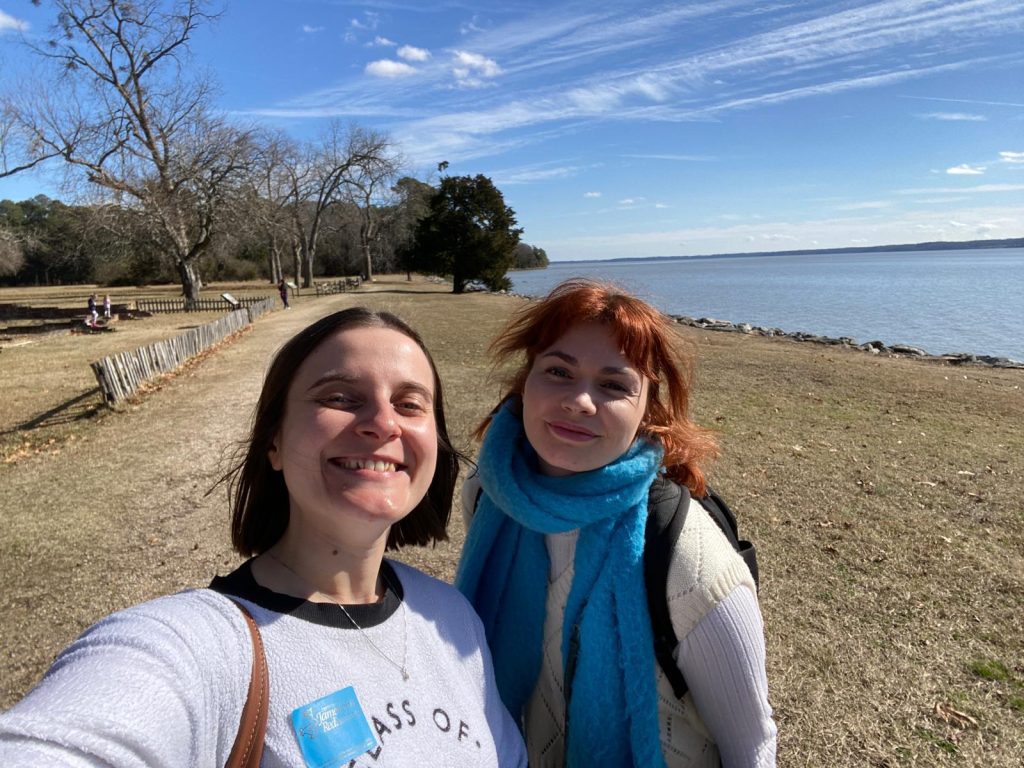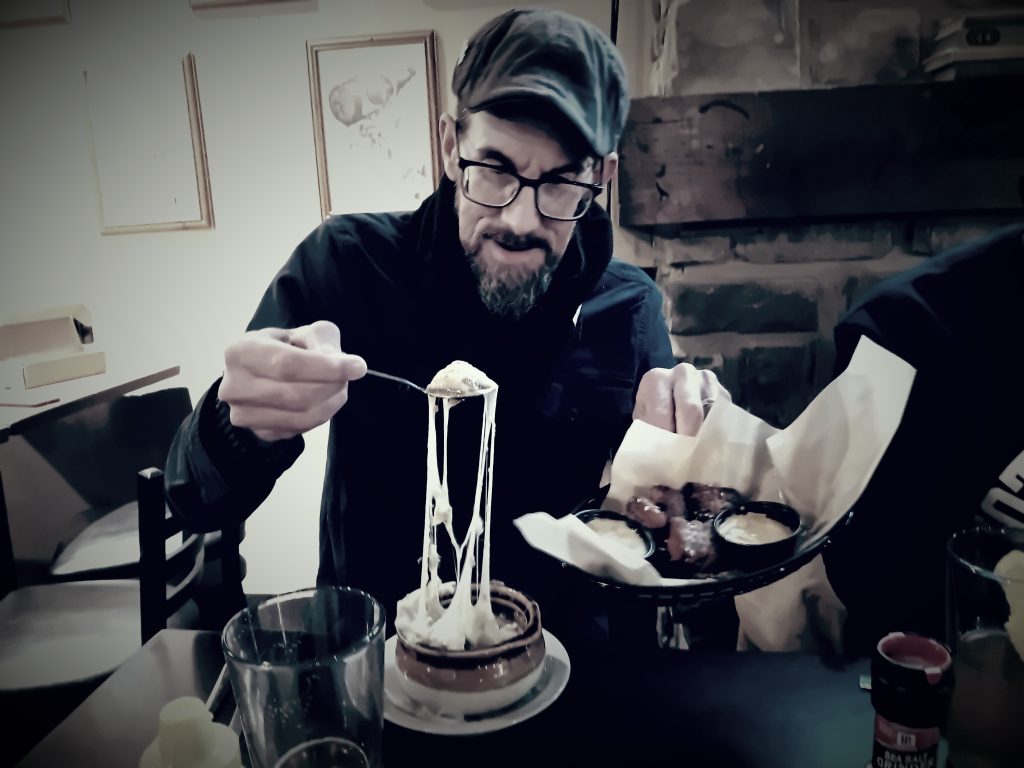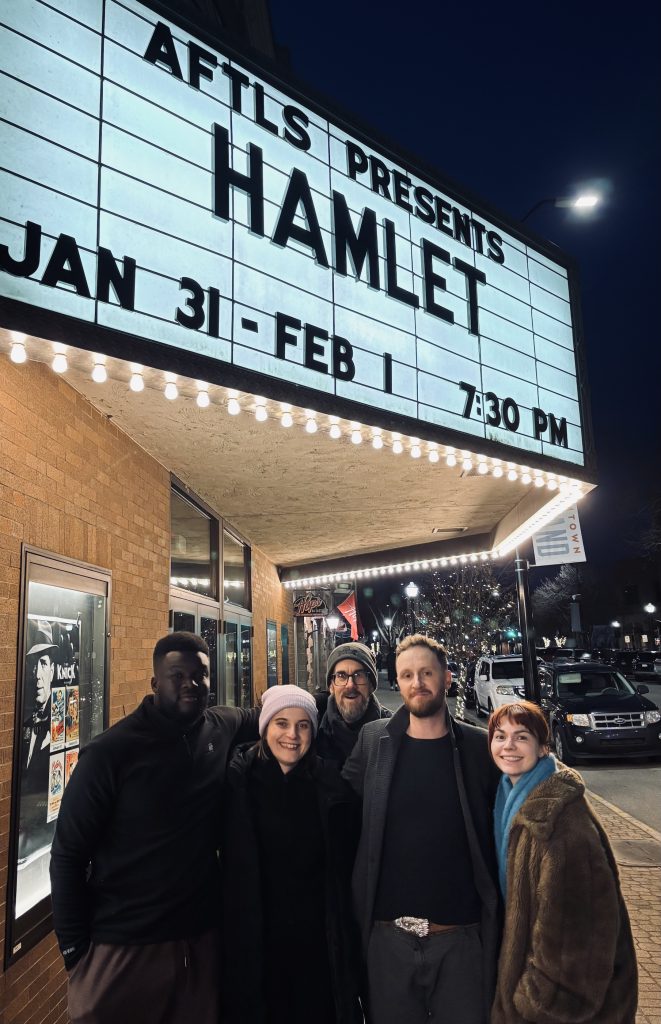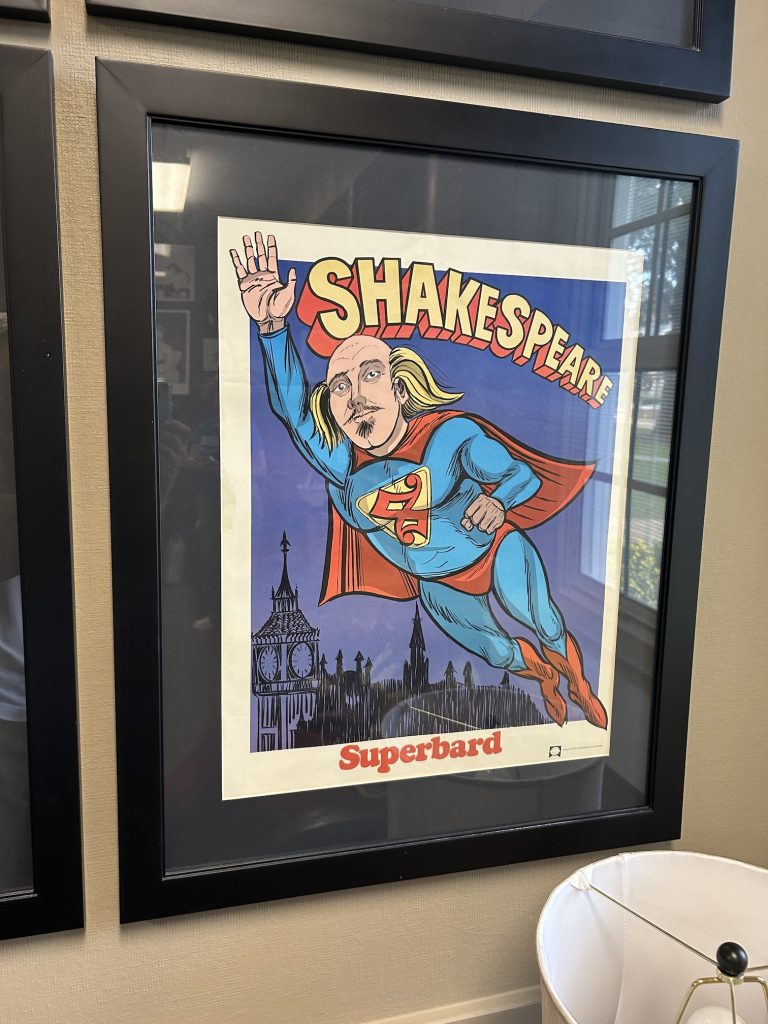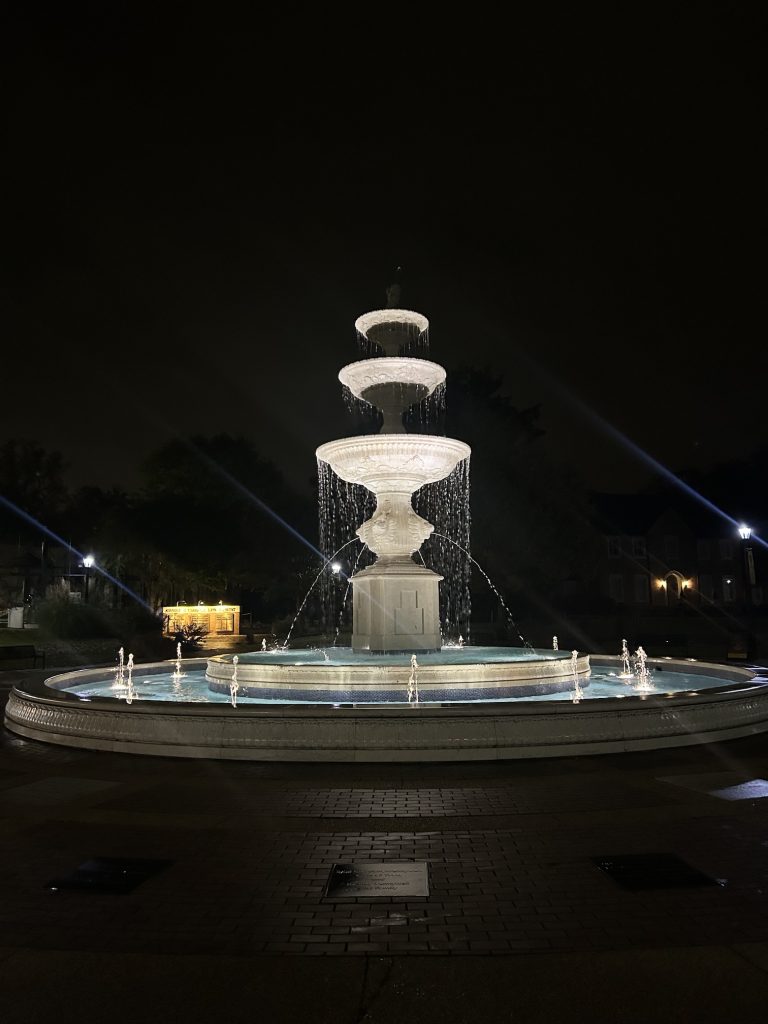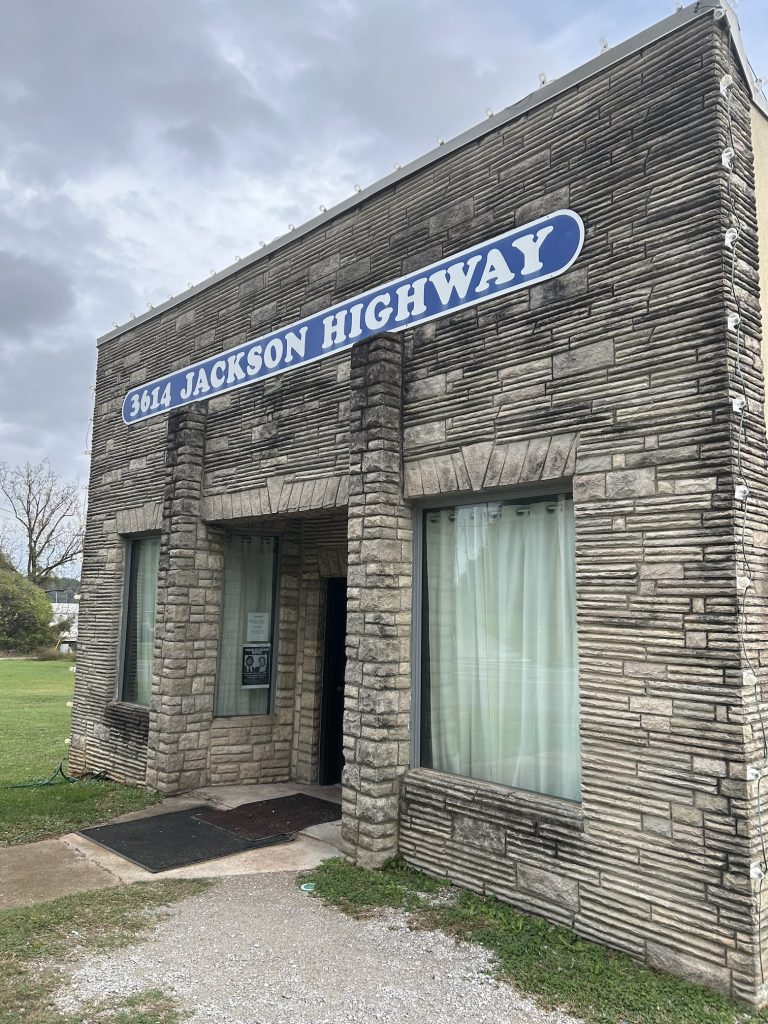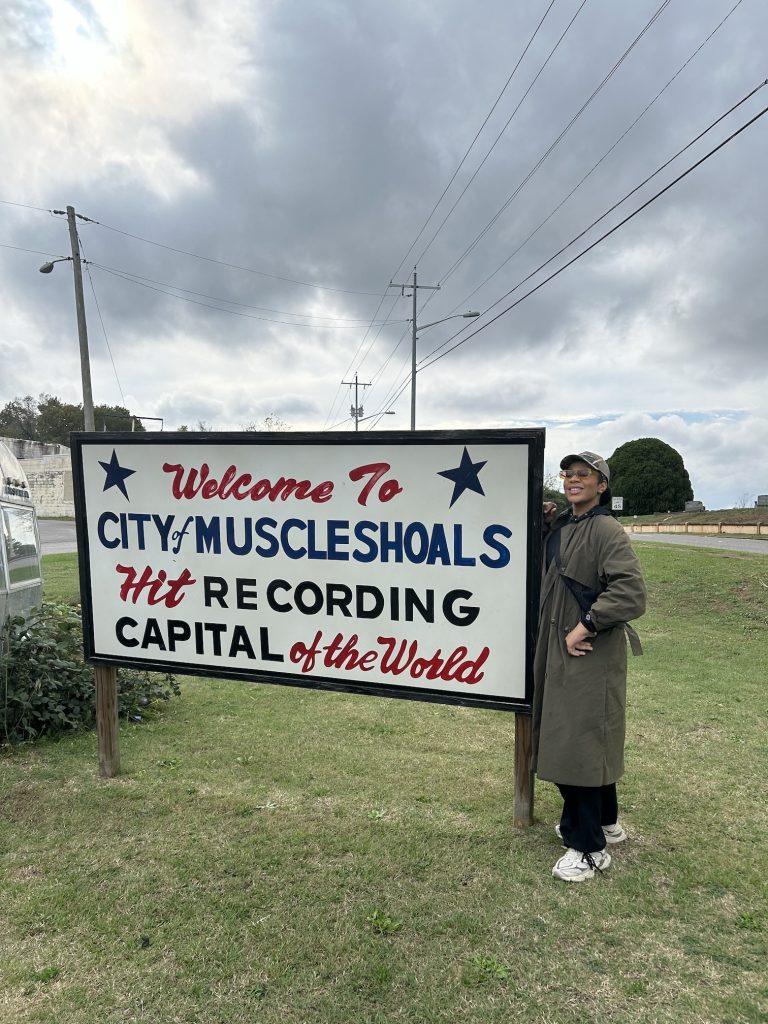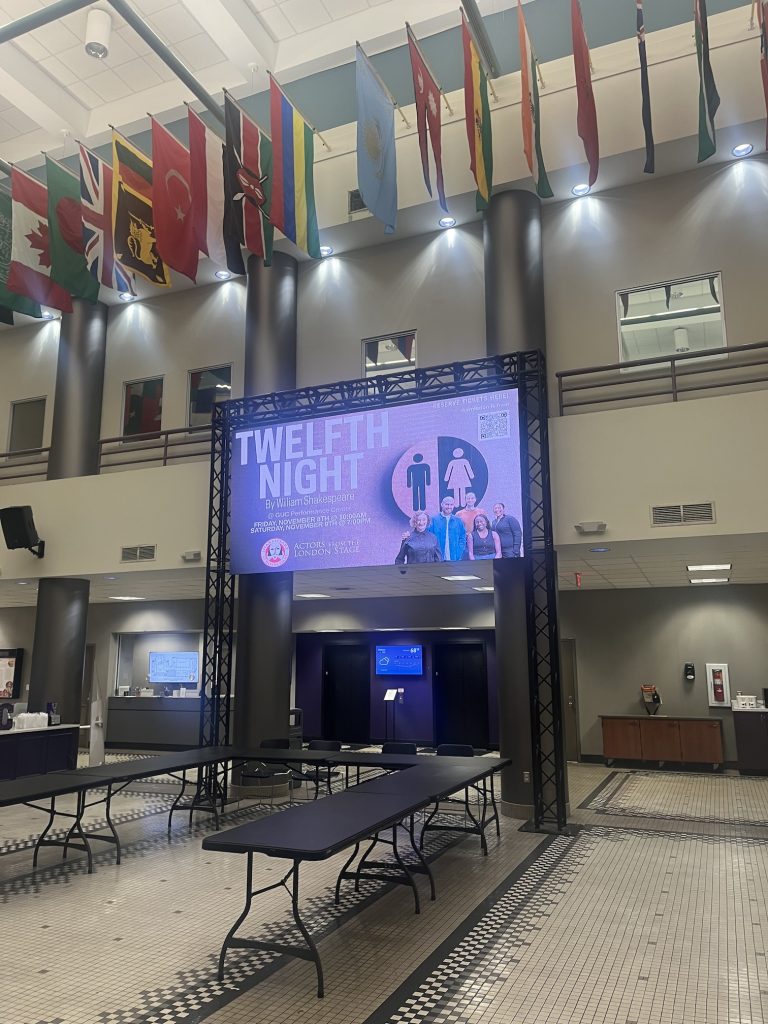By Michael Wagg
We’ve been treated to a really warm welcome here in Cleveland, Ohio, at John Carroll University. The kindness of the staff and students particularly appreciated, after a mammoth travel day to get us here and a week of deep snow and busy toing and froing between lodging and campus. We’ll have to imagine the lolling about on grassy quads of this small, handsome university the students talk of, but the sight of it snow-covered was a blinking delight. Once we were able to open our eyes against the biting wind, swirling flakes and early starts! AFTLS have visited JCU seven times since the first residency here twenty years ago, including a previous Hamlet in 2006. So a shout out to Geoffrey Beevers, who I’ve never met but whose Polonius-sized snow boots I’ve stepped into.
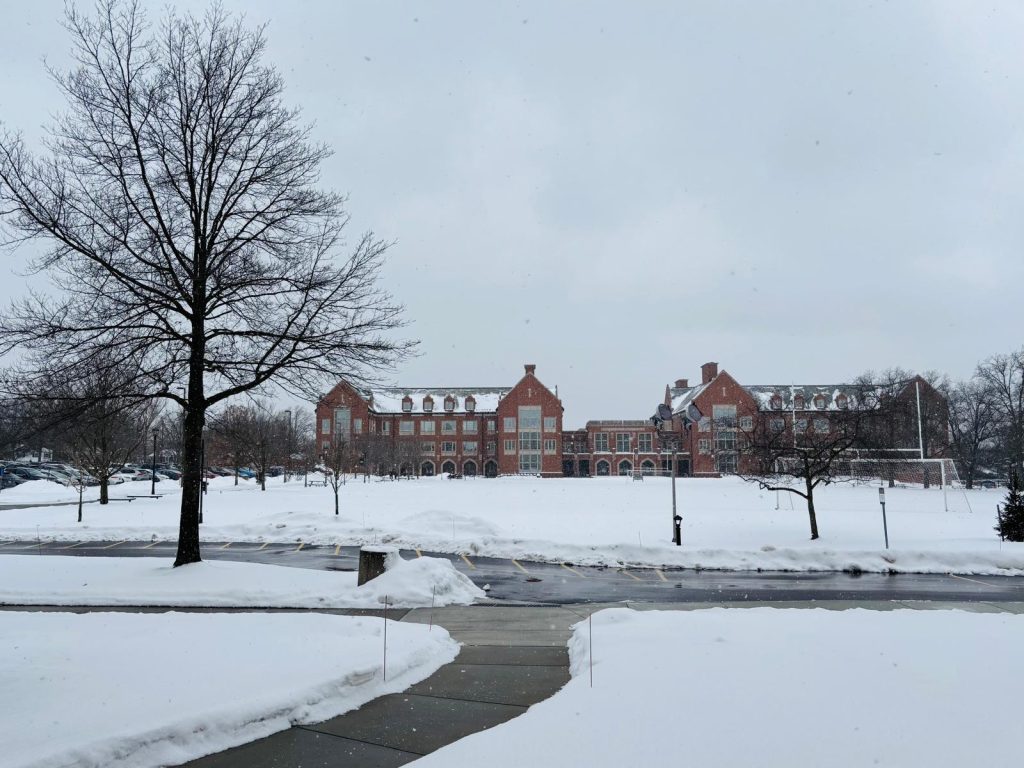

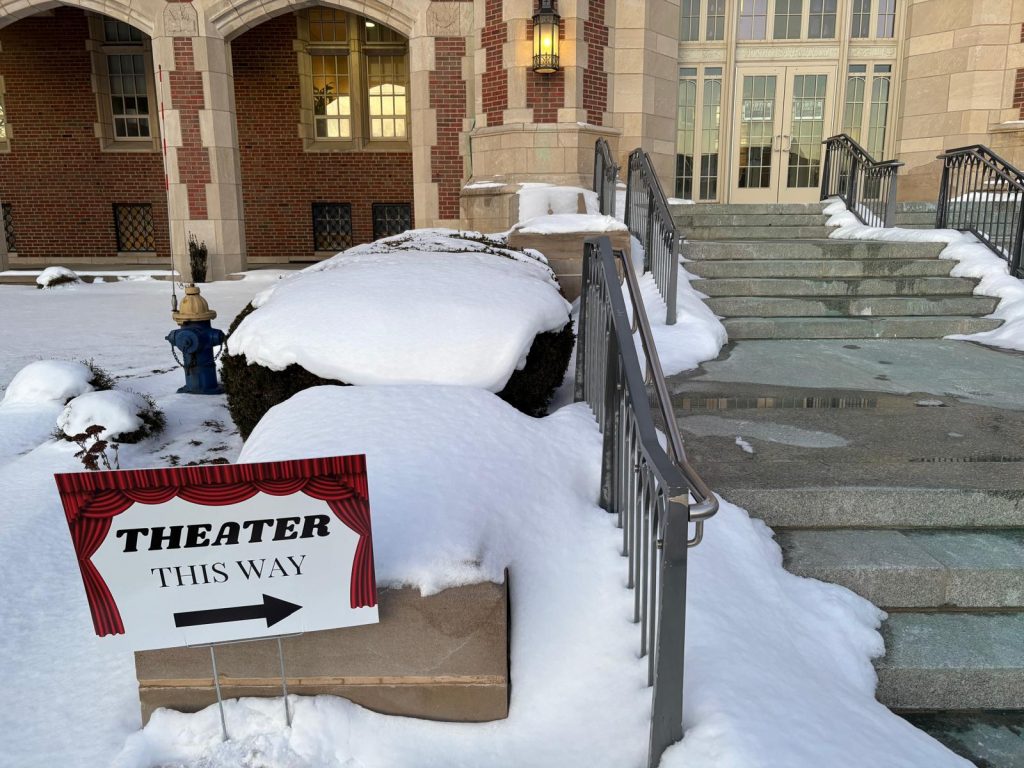
It’s been the most beaverish of weeks in terms of classroom commitments, working with students of Classical Mythology, Detective Fiction, Statistics, Business Law, Irish Literature, Climate Change and American Song, to name but a few of them. Jack grabbed the session on Alcohol in Amercian Literature that I had my eye on, for the thought of wetting my whistle on a Friday afternoon! But that had to wait for the lovely post-show party on Saturday night with faculty staff and student volunteers, and a saunter to the Winking Lizard Tavern on Sunday from where I report, over a local St Fatty’s red ale.
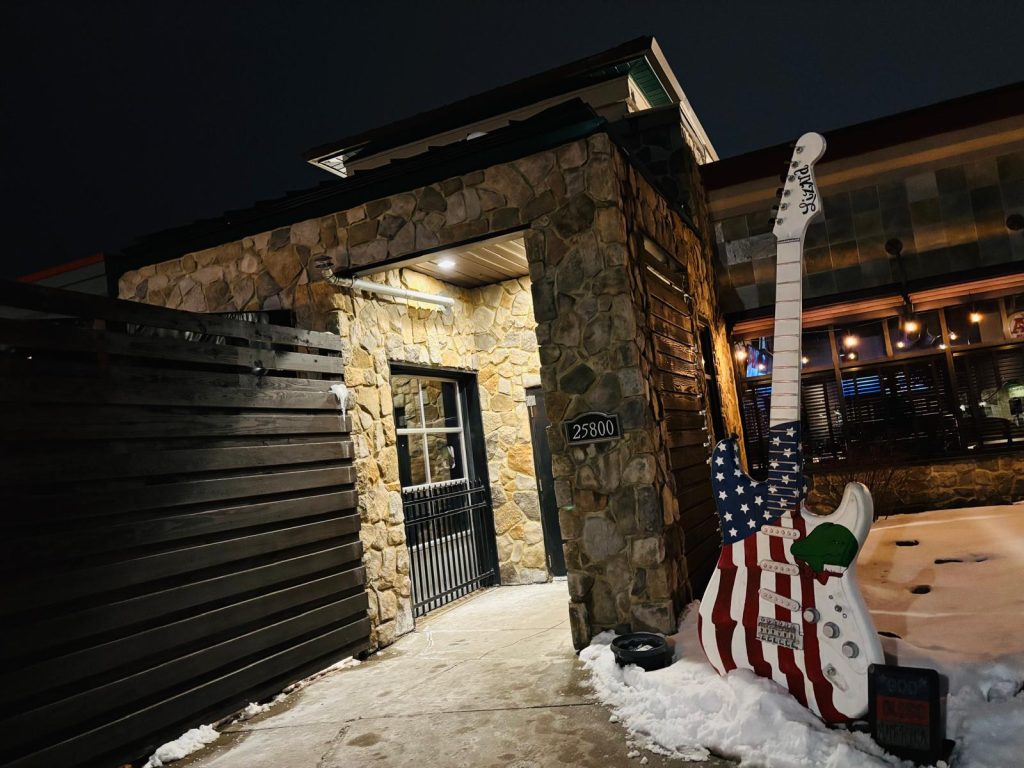
Despite the demanding, and always rewarding, education work that we do in the early part of the week, we have to somehow try to keep our blinking eyes on the production itself, ready for when it comes round towards the end of the week. Each time, we might not have played the show for over a week and will have had our minds fully absorbed in meetings and session plans for the current week, as well as the one to come, so this is another part of the challenge and the rhythm of life on the road. I could use this phrase in every one of these blogs – and probably will until someone tells me not to – but the readiness is all.
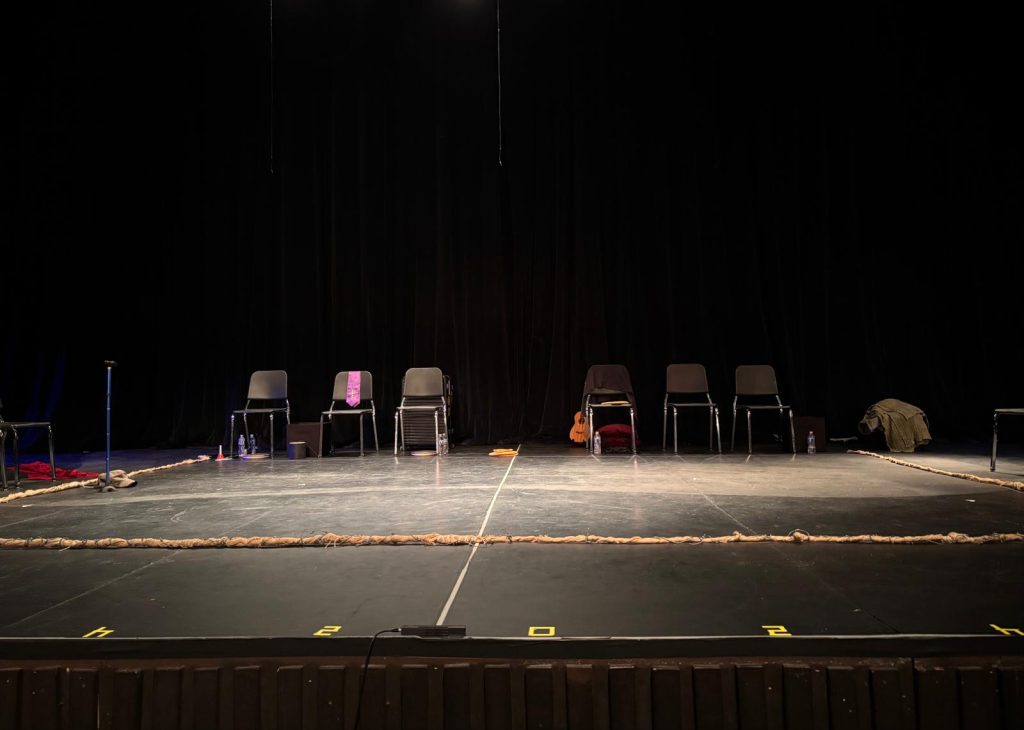
Running the lines and using technical rehearsal time to revisit and tweak certain moments helps with this. But in the end, it’s probably just about diving back in and finding it afresh. The beginning of the first show of the week can sometimes feel like a grasping for some half-forgotten territory; and at its best feels like landing in an undiscovered country. One that’s covered in snow, surrounded by oversize guitars and sits on the banks of Lake Erie, maybe. And always while trying to remember words, words, words. No one said it was easy!
As a side note, and thinking about that Undiscovered Country, we’ve been amusing ourselves through the making and running of the show in noting just how many titles – of plays, films, books, songs – come directly from the Hamlet text. There are loads of them, adding to the long list of common phrases for which we have Hamlet to thank. I intend to make a full list of the titles taken from or inspired by Hamlet by the time we get to Washington State, but as an appetizer I’ll add to Undiscovered Country (Stoppard and Star Trek), Murder Most Foul (Miss Marple and Bob Dylan), The Motive and the Cue, and of course, The Mousetrap.
But back to re-finding our Hamlet. It’s not always the case but it’s felt like our three shows here at the Kulas Auditorium at JCU, have each been a rediscovery. A few of the faculty staff commented that they saw the show on all three nights and enjoyed the differences; perhaps in variations of pace at certain points, perhaps in a new focus, stress or energy at others. I have to hold my hands up and confess that the words that come out of my pipes as the Gravedigger offer some peculiar variation from show to show! But then s/he’s a clown so that, in my book, is as it should (or shouldn’t) be. Let those that play your clowns speak no more than etc. etc.
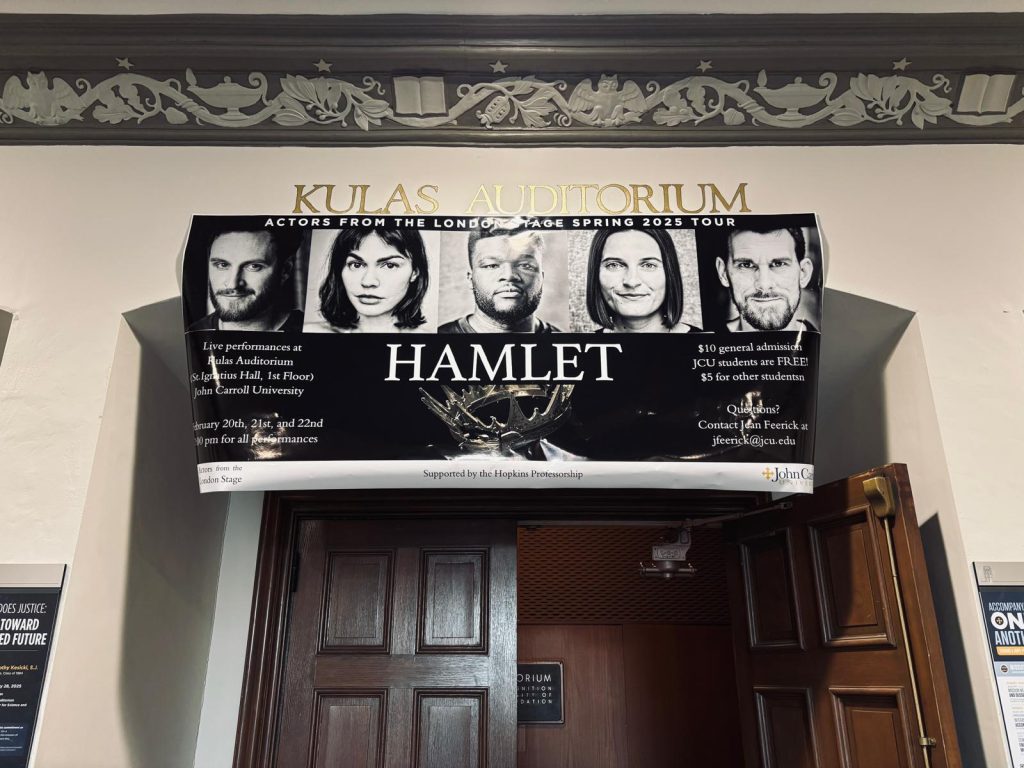
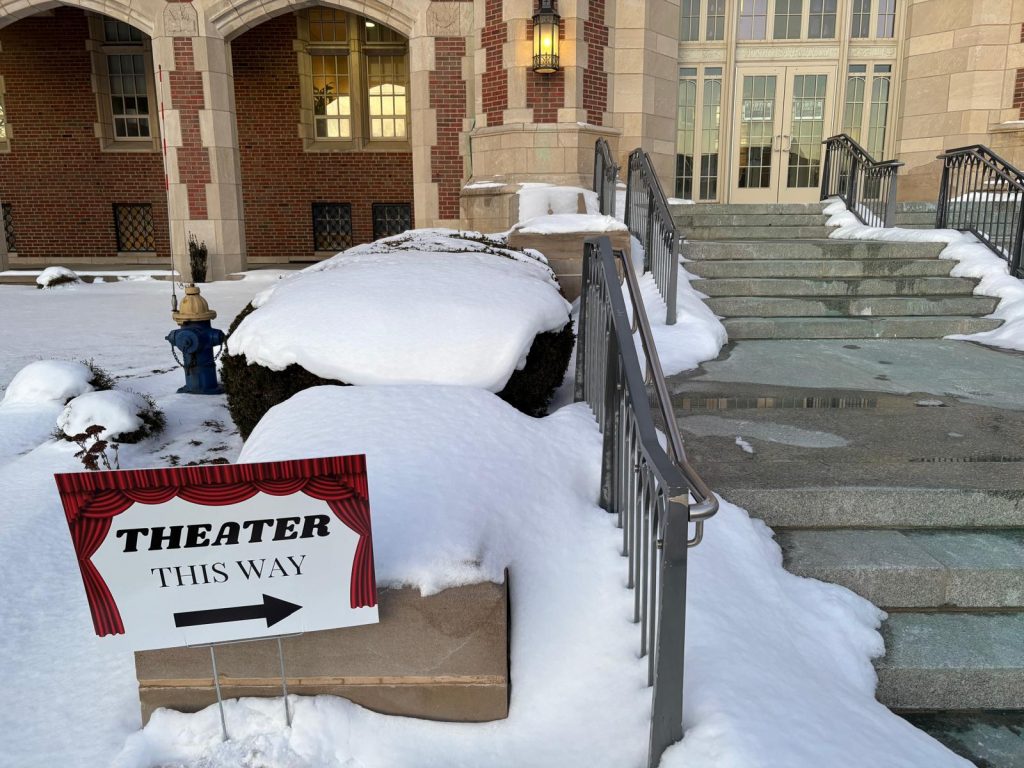
I think the five of us agree that the shows this week each had their own particular feel, or groove maybe, with each of us finding new ground at different times. It’s felt very alive. It always should and that’s the very heart of the challenge, but sometimes it holds more than others. Maybe deep snow, slicing wind and a punishing schedule helps!
As does warming up. After quite some time at this game, Jack and I have finally cracked it this week and found the perfect way to prepare and summon readiness: Northern Soul. We are on the banks of Lake Erie after all, with Canada just beyond, and Wigan somewhere over there. I’ve no idea how we found ourselves throwing shapes pre-show on Friday night, but we haven’t looked back since, dancing silently in our best attempt at the style. And if a snippet of its driven bounce found its way into the graveyard scene that night, blame the clowns!
The summoning of the groove and the pounding of the floor at this point in the tour is as it should be, too. I didn’t know it before landing here, but while Memphis may be its birthplace it is, perhaps surprisingly, Cleveland, Ohio where the phrase to describe the music as Rock ‘n’ Roll was first coined. Hence the Rock ‘n’ Roll Hall of Fame standing here in Downtown Cleveland. I popped in to its funky pyramid-shaped home on the way to look at a frozen Lake Erie. Gazing out across the vast, icy emptiness, I struck an air-guitar chord. Imagining Elsinore, and the twist and shout of our show.
